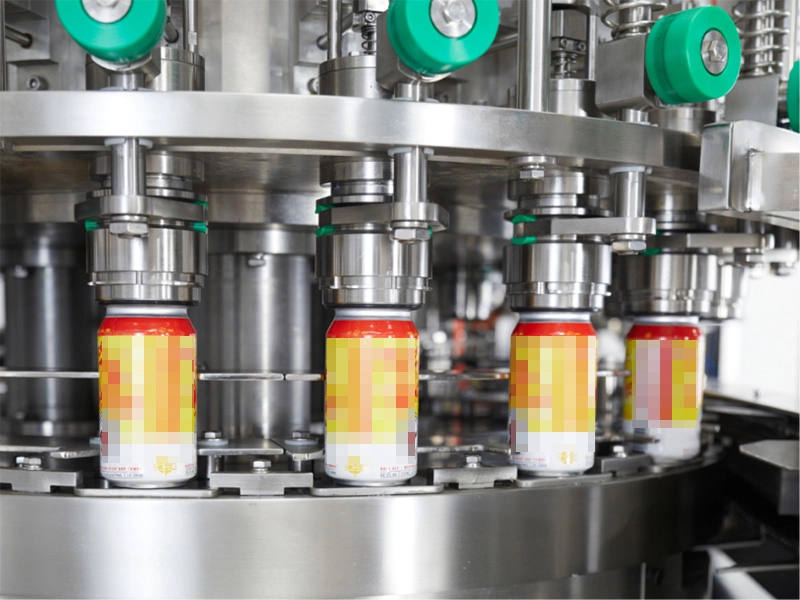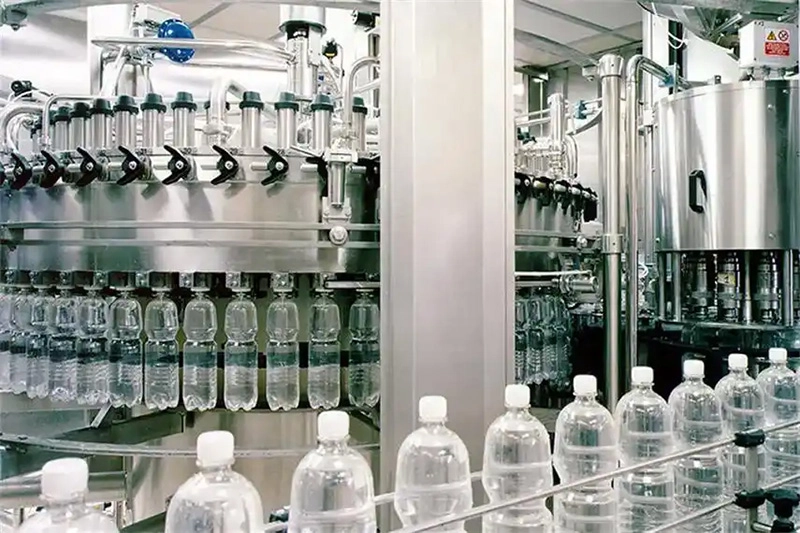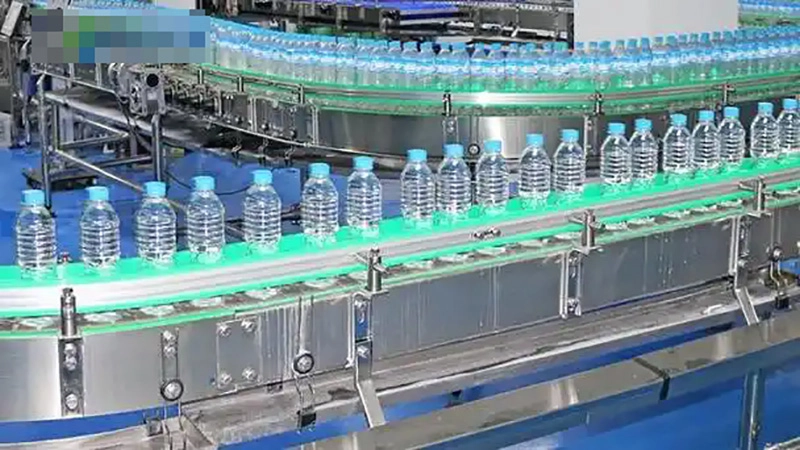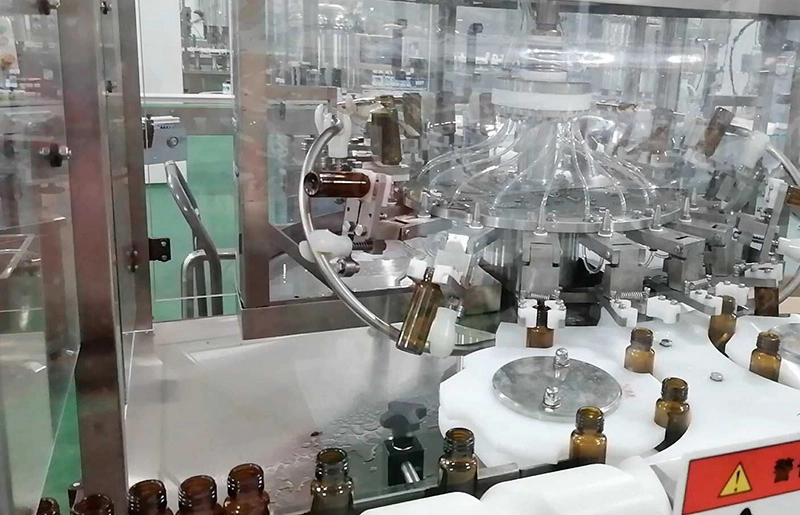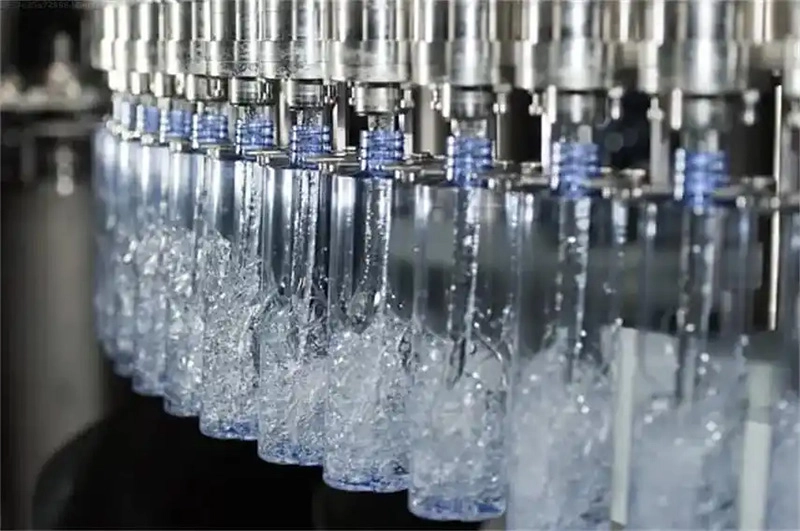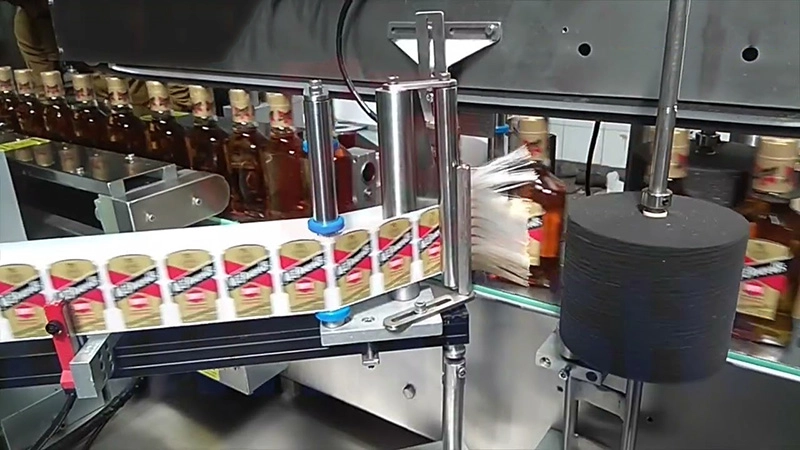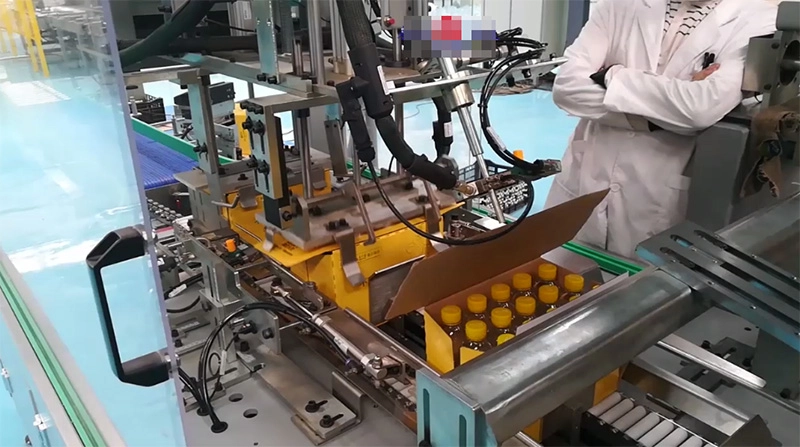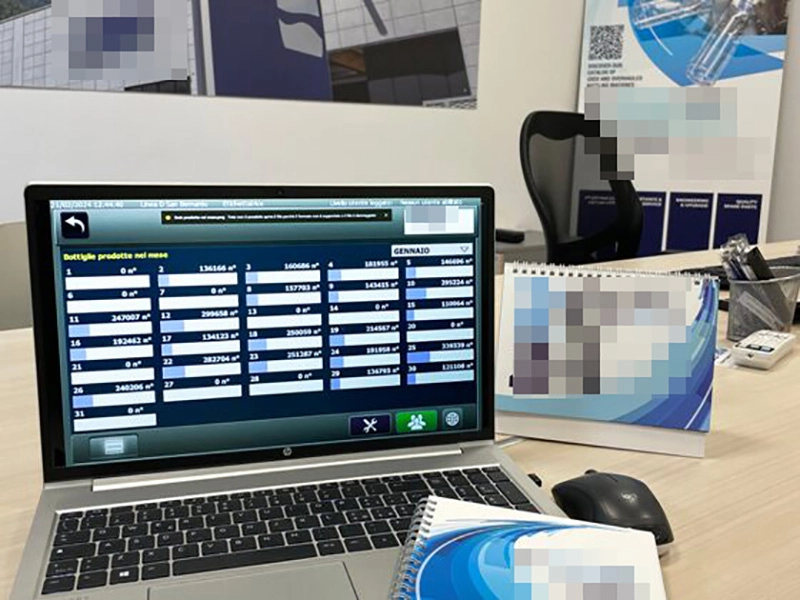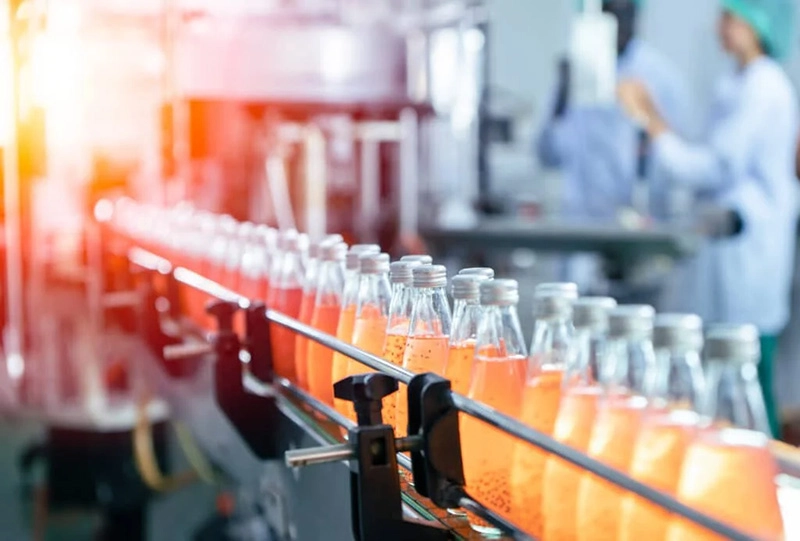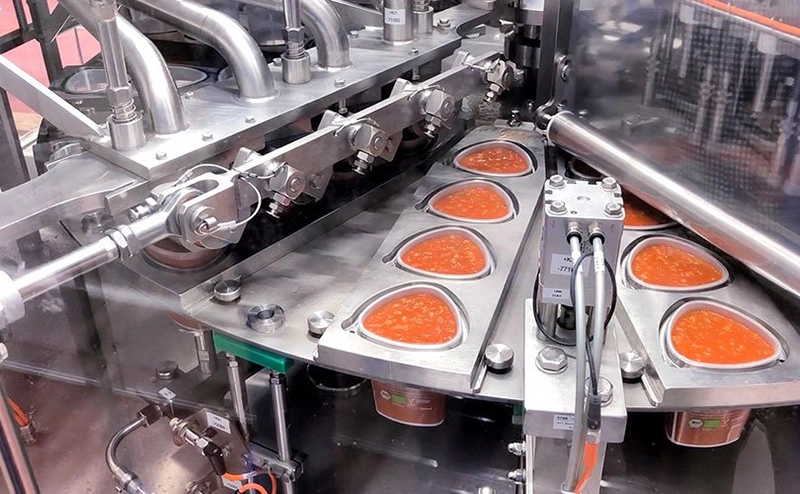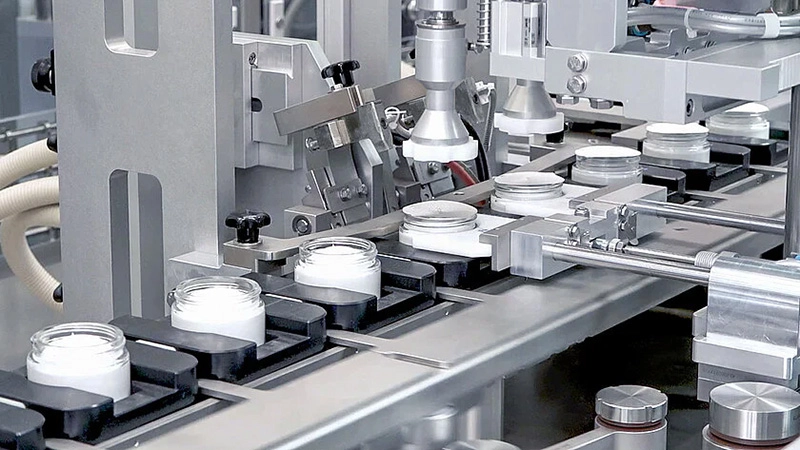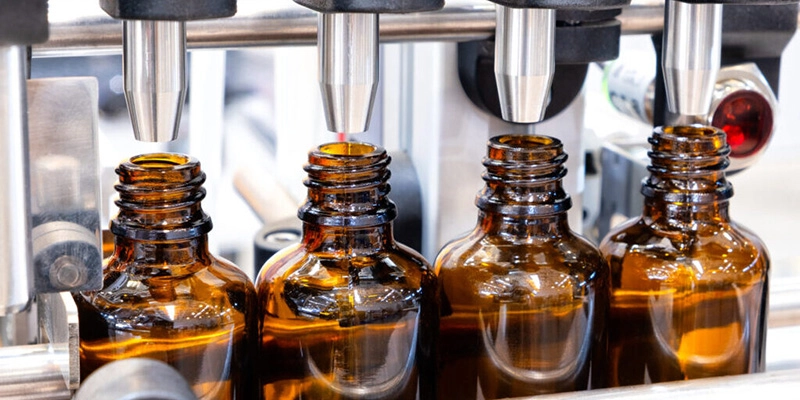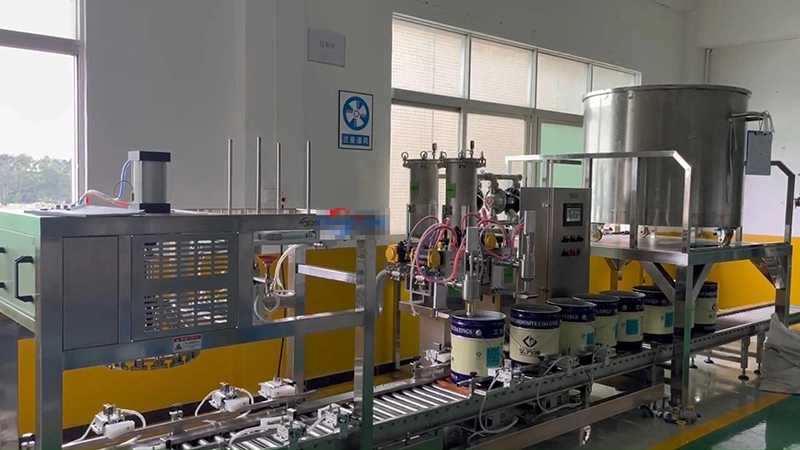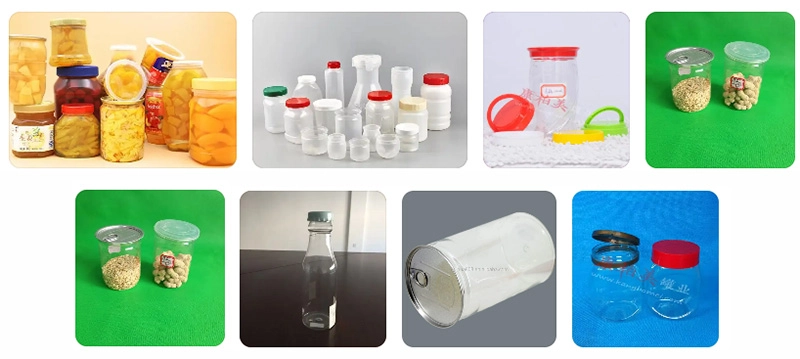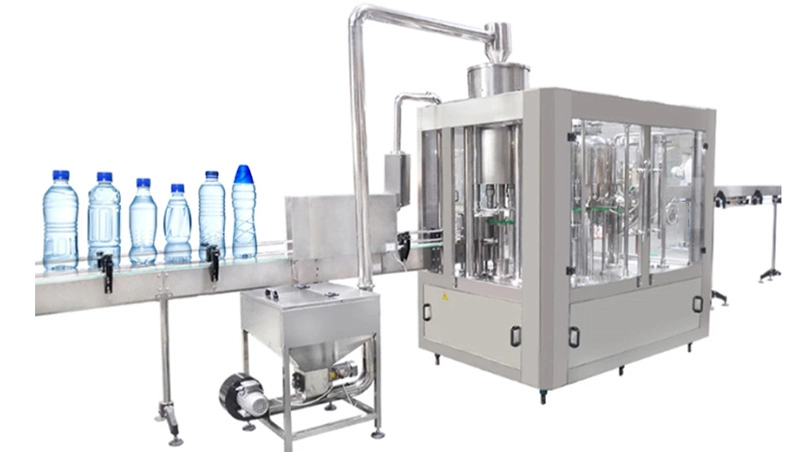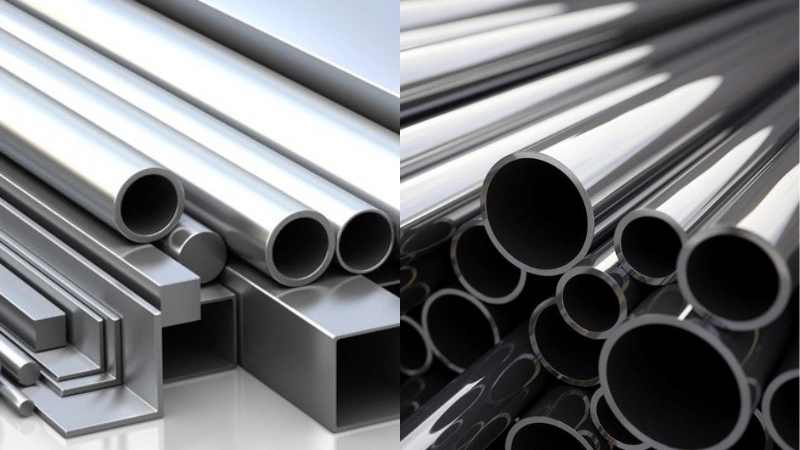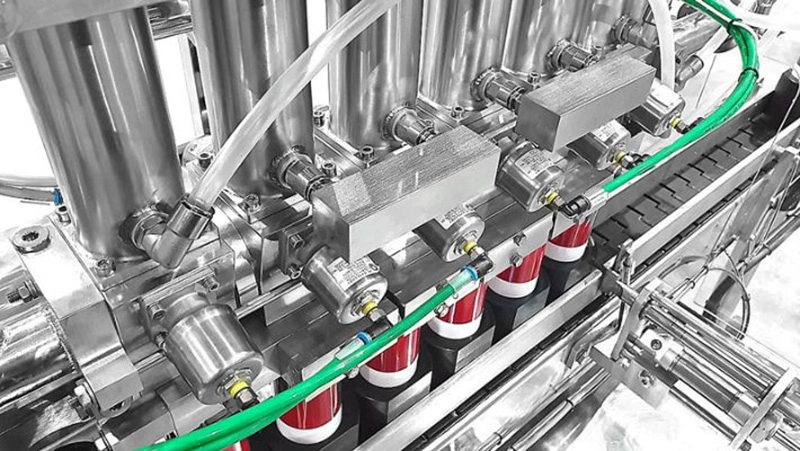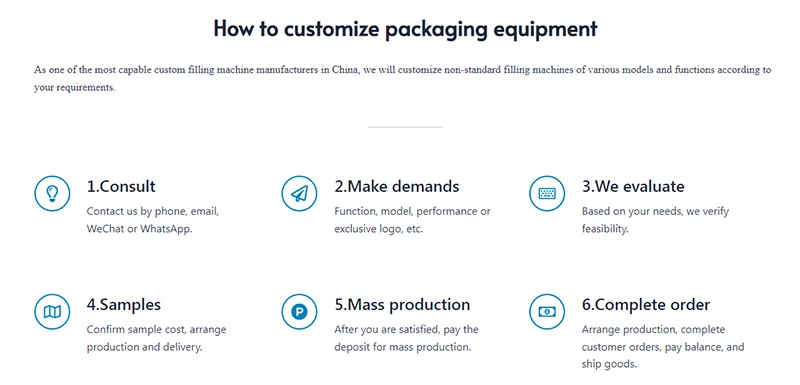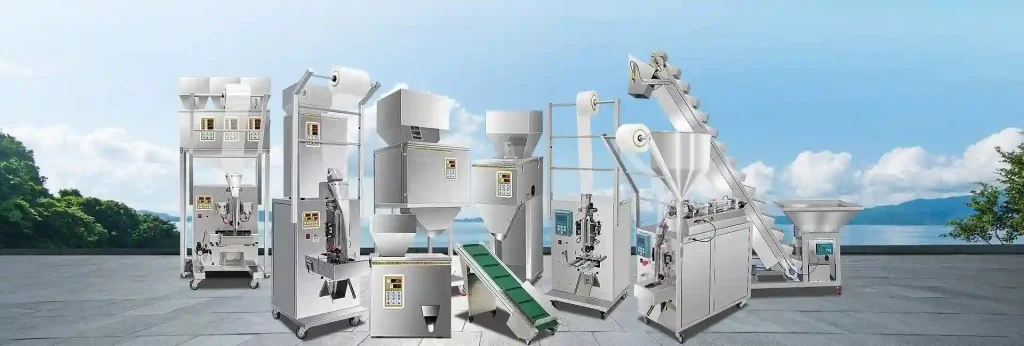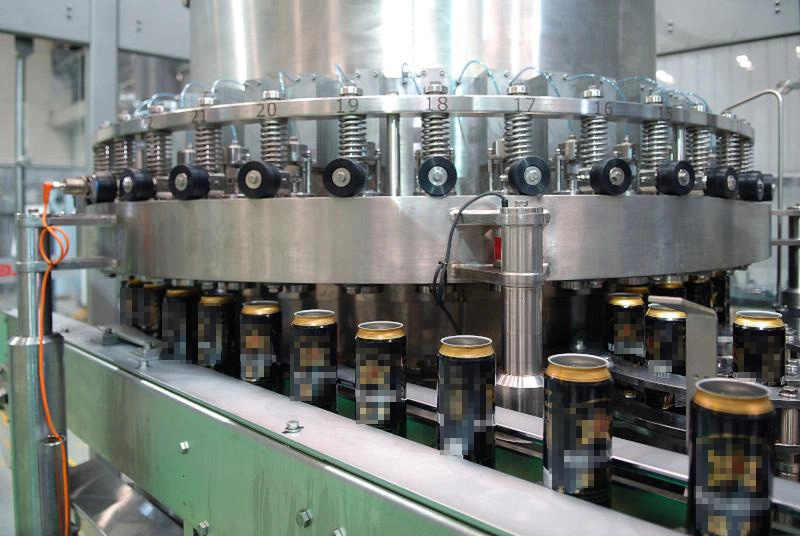In modern industrial production, bottle filling lines and can filling equipment are indispensable systems that serve as the backbone of packaging operations across diverse sectors. From hot sauce bottling to cosmetic filling, these filling lines ensure products are efficiently, accurately, and hygienically packaged into containers. They not only enhance productivity but also guarantee product consistency and quality, meeting stringent consumer demands for safety, hygiene, and convenience. This comprehensive guide explores the definition, components, industry applications, selection criteria, and customization considerations for bottle lines and can filler systems, while highlighting Liuzhoume.com, a filling machine manufacturer with over two decades of expertise in delivering filling and packaging equipment tailored to global clients.
1. What Are Bottle and Can Filling Lines?
A bottle filling line or can filling machine is a highly automated production system designed to fill liquids, semi-fluids (e.g., gels, pastes), or powders into containers such as PET bottles, glass bottles, aluminum cans, or jars. These filling lines integrate advanced technologies to perform sequential tasks including filling, sealing, labeling, and packaging.
Key advantages include:
- Precision: Utilizing volumetric filler systems for exact measurements or weigh filling machine technology for weight-based accuracy.
- Speed: High-speed automated filling machines capable of processing thousands of units per hour.
- Versatility: Adaptable to diverse container types, from pouch filling machines for flexible packaging to canning jar filler systems for glass jars.
For instance, a beverage filling machine might combine gravity filling machine principles for low-viscosity drinks like water, while a cosmetic filling machine employs piston fillers to handle thick creams.
2. Components of Bottle and Can Filling Lines
A complete filling product line comprises multiple interconnected subsystems, each critical to seamless operations:
(3) Filling Machines
Liquid filling machines: Includes volumetric filler systems for pharmaceuticals, edible oil filling machine for cooking oils, and shampoo filling machine for personal care products.
Specialized fillers: Gummy filling machine for confectionery, pouch filler machine for sauces, or spice filling machine for powdered seasonings.
(4) Sealing and Capping Equipment
Can filler systems for aluminum cans, bottle filling and capping machine for screw-top bottles, and hot filling machine for heat-sealed jars.
(5) Labeling and Coding Systems
Cosmetic filling lines often integrate high-resolution labelers for premium branding, while food filling machine lines apply tamper-evident labels.
(6) Packaging and Palletizing Units
Tea bag filling machine paired with pouch filling and sealing machine for retail-ready sachets.
Weigh fill machine systems for bulk packaging, combined with automated filling machines for carton sealing.
(7) Control and Monitoring Systems
Advanced PLCs and IoT-enabled automated filling machines provide real-time data on production metrics, downtime, and maintenance needs.
3. Industries Served by Bottle and Can Filling Lines
(1) Beverage Industry
Beverage filling machines: Carbonated drinks (beer can filling machine), juices (juice filling machine), and hot sauce bottling lines.
Liquid filling machine for sale with CIP (Clean-in-Place) capabilities to maintain hygiene.
4. How to Choose the Right Filling Line
(1) Industry-Specific Requirements
Beverage producers prioritize automated filling machines with high-speed fill lines, while pharmaceuticals demand volumetric filling equipment with ISO-certified cleanliness.
(3) Production Scale and Flexibility
Small-scale bottle filling machine for startups vs. industrial filling machine for mass production.
Modular designs allow future upgrades, such as adding filling and capping machines for new product lines.
(4) Budget and ROI
Semi-automatic filling machine for cost-conscious buyers vs. fully automated filling machines for long-term efficiency.
5. Key Considerations for Multi-Container Filling Lines
(1) Flexibility and Quick Changeover
Implement pouch filler machine systems with swappable nozzles to handle varying pouch sizes.
Use can filler modules that adapt to both slim cans and wide-mouth jars.
(2) Material Durability and Corrosion Resistance
Stainless steel components for liquid filling machine supplier applications in corrosive environments (e.g., paint filling machine).
(3) Advanced Automation
Integrate weigh fill machine technology with PLCs to auto-adfill parameters when switching from bottle lines to can filler operations.
(4) Hygiene and Compliance
Design food filling machine lines with smooth surfaces and CIP systems to meet FDA standards.
Cosmetic filling equipment may require ISO 22716 certification for cosmetics.
(5) Testing and Validation
Conduct trial runs for hot filling machine systems to ensure seal integrity under high temperatures.
Train operators on filling and capping machines to minimize downtime during container switches.
6. Custom Filling Line Expert: Liuzhoume.com
As a premier filling machine manufacturer, Liuzhoume.com delivers end-to-end solutions for global clients:
Turnkey Systems: From semi-automatic liquid filling machine to fully automated filling machines with robotic palletizers.
Specialized Equipment: Milk filling machine for dairy farms, honey filling machine for apiarists, and quantitative filling machine for precision dosing.
Global Support: 24/7 technical assistance for liquid filling machine for sale and can filling machine installations.
7. Conclusion
Bottle and can filling lines are the lifeline of modern manufacturing, balancing efficiency, precision, and adaptability. Whether optimizing “are cans or bottles better for the environment“ debates or deploying bottle canning machine systems for craft breweries, selecting the right filling machine suppliers is paramount. For tailored solutions that integrate pouch filling machines, volumetric filler systems, or automated filling machines, partner with Liuzhoume.com—a leader in filling and packaging equipment with decades of innovation.


